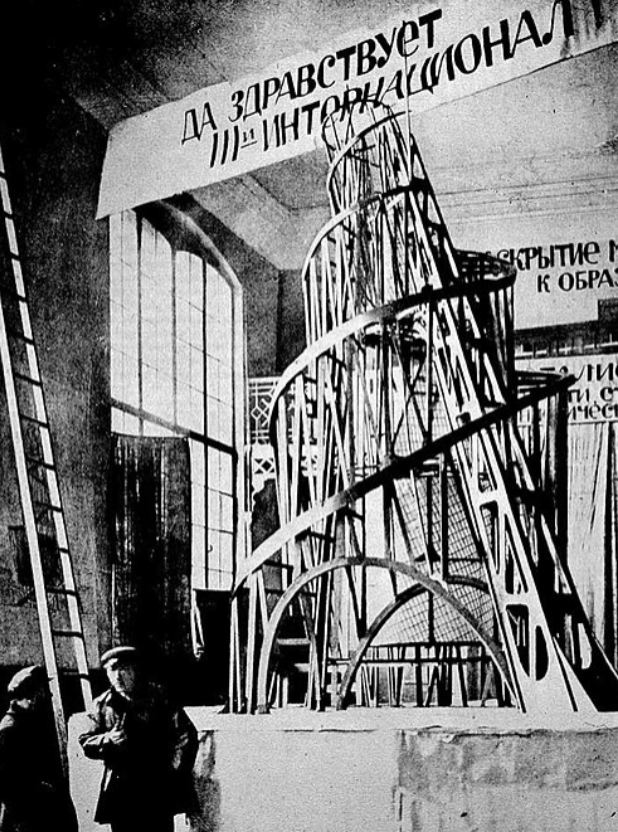Everything around it
By Stephanie Gibson
One of my earliest memories of artmaking was during a Grade 8 class assignment. The teacher placed a wooden rung chair on a table in the center of the room and instructed us *not* to draw it. Instead, he implored the class to draw “everything around it.” I proceeded to stare intently at the spaces between each rung, and the different shapes of negative space I tried to identify through the dizzying jungle of rungs, legs, and spindles. It was when I stopped looking at the thing and started looking at the stuff around it, that I really began to draw with ease, joy, and accuracy.
Ever since then, art for me has been about “everything around it.” I studied Renaissance paintings and sculptures and learned about the growth of Florence and the art patronage system. It amazed me that the futuristic vision of Tatlin’s Tower and the Canadian Parliament buildings in a Gothic Revival style were designed during the same year. How could that be? The architecture created (or imagined) by its citizens can tell us a lot about centers of power and the aspirations of young nations. I learned more about Indigenous communities and stories through the work of Rebecca Belmore and Shelley Nero than I ever learned in school. Art, for me, has always been instructional and informative. Not only does it have the capacity to captivate us, but we also get to learn from it, too. Art inspires us to imagine new possibilities and helps us connect with each other across cultures and backgrounds.
In today's challenging world, art can feel impossible and also more important than ever. Let it help us make sense of the world around us, to find common ground with others. When the work of life is complicated and challenging, maybe we can draw “everything around it” and locate our joy and ease with the world.
Stephanie Gibson is a curator and arts administrator from Ottawa, Canada. She has worked in varying capacities of exhibition management at institutions including the Royal Museums of Fine Arts of Belgium, the Art Gallery of Ontario, the National Gallery of Canada, and the Aga Khan Museum in Toronto. She is currently the Director of the John and Geraldine Lilley Museum of Art at the University of Nevada, Reno.
Images (above). Credit/Creative Commons, Canadian Parliament and Tatlin’s Tower.
Double Down blogger photo courtesy of Stephanie Gibson.



